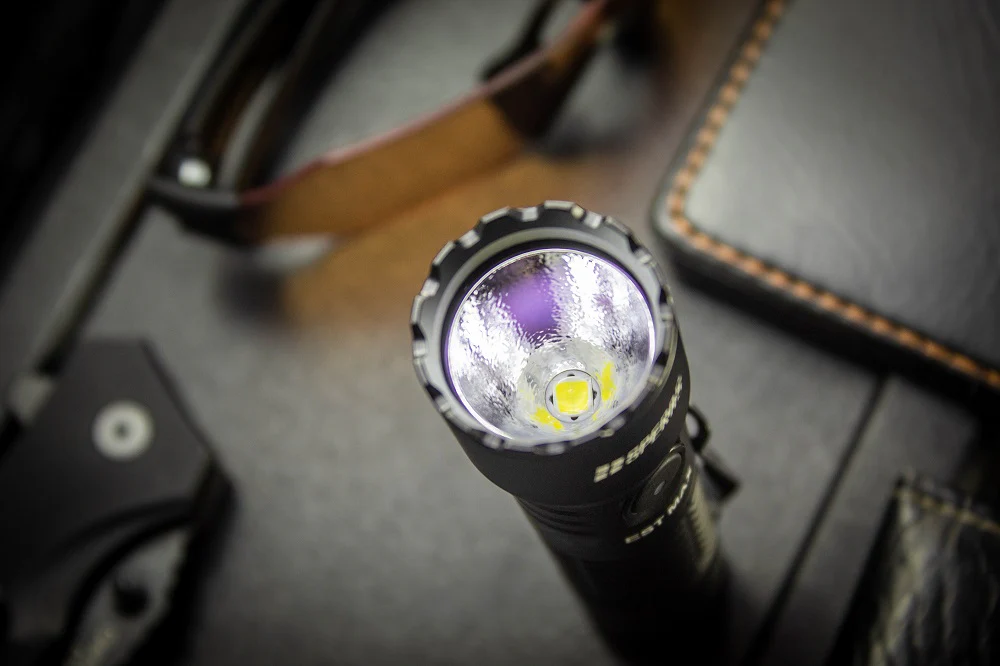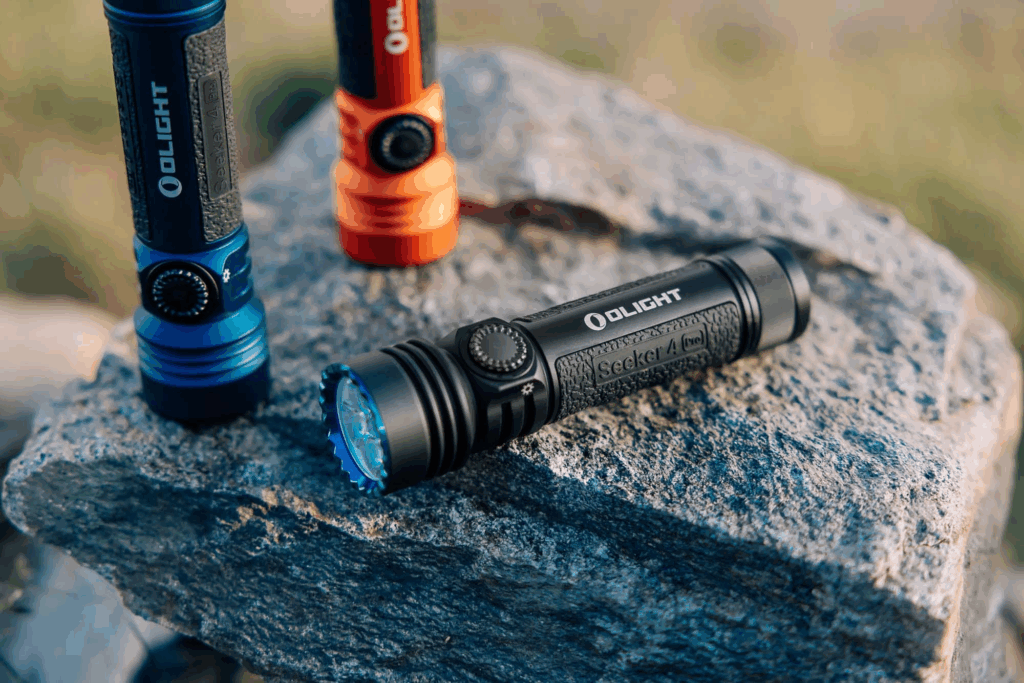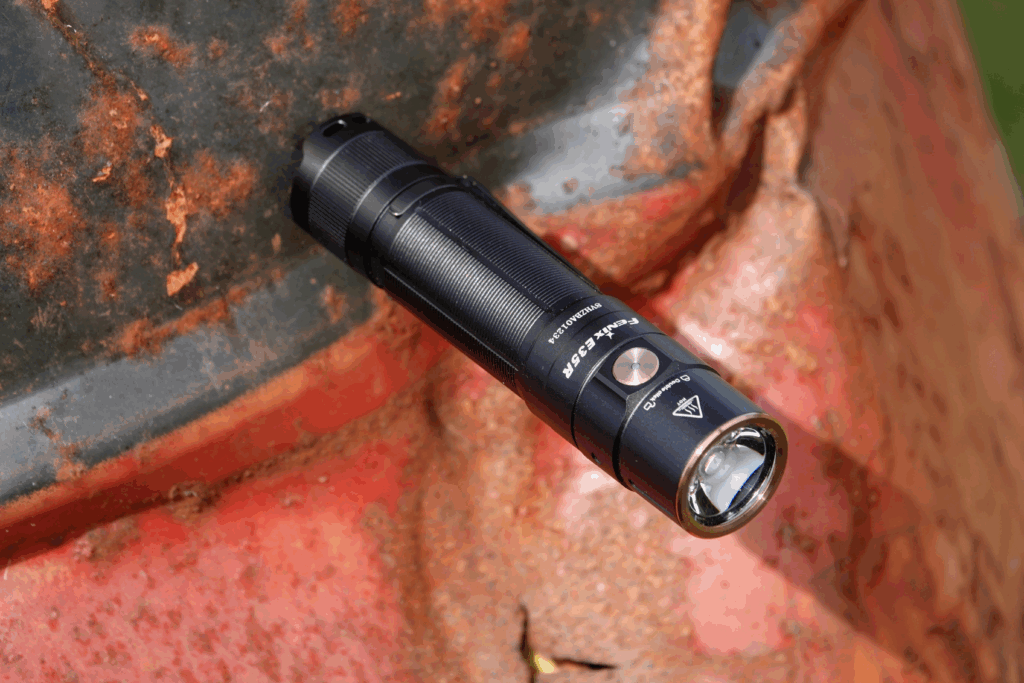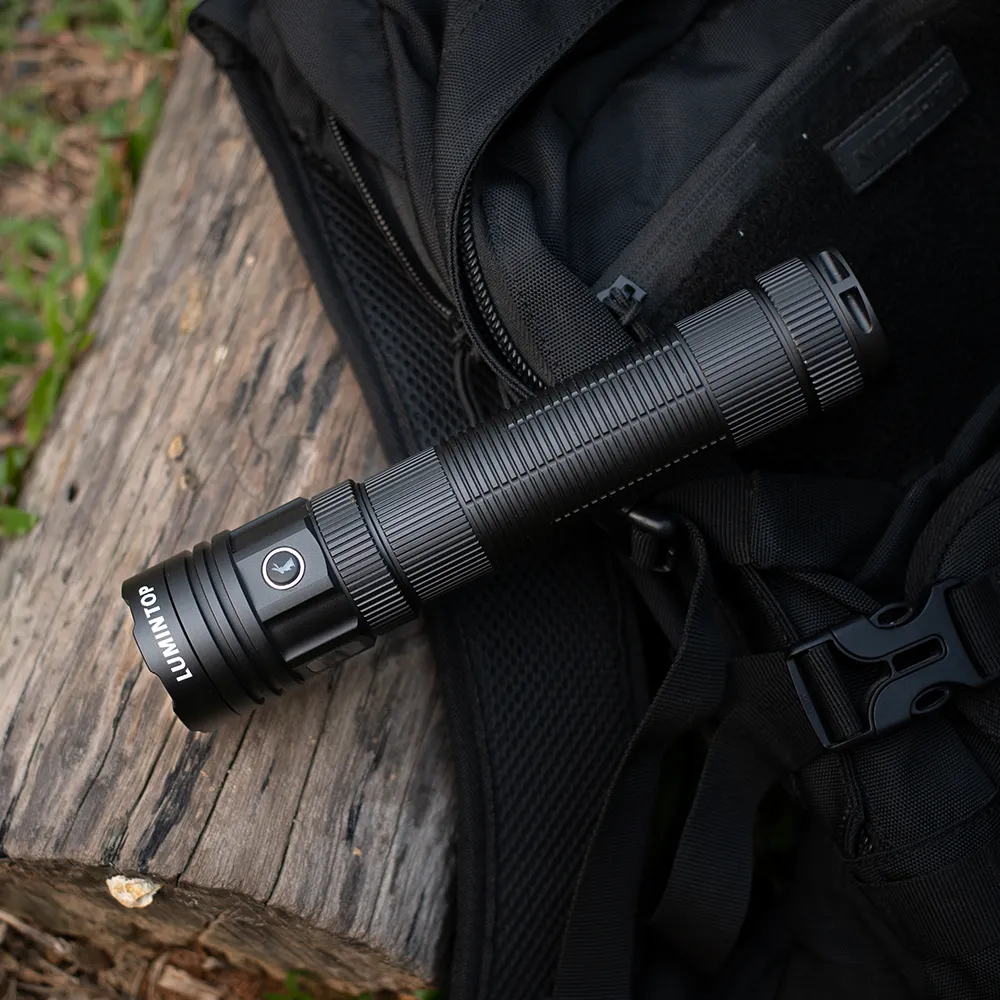Whether you rely on your torch for night-time adventures, emergency kits, or everyday household tasks, getting the most life out of every charge—and extending your torch’s overall lifespan—is essential. Follow these six expert tips to squeeze the maximum runtime from each battery and ensure your torch never lets you down.
1. Charge Strategically, Not Excessively
- Avoid Deep Discharge: Don’t run your torch until it’s completely dead—lithium-ion cells last longer when recharged around 30–80% capacity.
- Use the Right Charger: Always use the manufacturer’s USB-C cable or a high-quality equivalent. Cheap third-party chargers can overheat cells and reduce lifespan.
- Unplug Promptly: Modern torches include over-charge protection, but leaving them plugged in for days stresses the battery.
2. Protect Against Extreme Temperatures
- Room-Temperature Storage: Store and charge your torch between 10 °C and 25 °C. Cold drains capacity temporarily, while heat accelerates chemical aging.
- Pre-Warm Before Use: If heading into freezing weather, keep your torch in an inner jacket pocket until just before use—this preserves brightness and runtime.
- Avoid Direct Sunlight: Never leave your torch (or spare batteries) baking in a hot car or exposed to strong sun for hours.
3. Match Brightness to Your Needs
- Reserve Boost for Emergencies: High-output “turbo” modes draw maximum current—use them sparingly for short bursts.
- Opt for Mid-Range Settings: Most tasks (camping setup, home repairs) are fine at 30–70% power, which greatly extends run time.
- Learn Your Torch’s Modes: Practice mode switching so you don’t accidentally blast full power when you don’t need it.
4. Keep Contacts Clean & Seals Intact
- Wipe Metal Contacts: Every few weeks, use a dry microfiber cloth to remove dust or grime from the tail-cap and head contacts—better conductivity means less wasted power.
- Inspect & Grease O-Rings: A thin coat of silicone grease preserves waterproof seals and prevents moisture from corroding internals.
- Check O-Ring Seals Regularly: Look for cracks or compression; replacing worn O-rings keeps moisture and dust out, preventing shorts that drain the battery.
5. Store Properly for Long-Term Health
- Partial Charge for Storage: For long-term storage (more than a week), top up to around 50%—the ideal state for lithium-ion health.
- Remove Batteries If Possible: On models with removable cells, take them out during extended storage to avoid parasitic drain.
- Rotate Your Fleet: If you own multiple torches, cycle through them—occasional use keeps each battery active and helps you spot any weakening.
6. Prevent Parasitic Drain with Lockout & Battery Management
- Engage Lockout When Idle: Use your torch’s lockout feature to disable the switch and prevent accidental activation in storage or transit.
- Remove the Battery When Not in Use: If your torch lacks lockout or for extra peace of mind, pull the battery out before stashing it away.
- Choose Removable-Battery Models: Batteries have a limited cycle life—select torches that allow you to replace cells easily so the torch itself outlives the battery pack.
Some of the Best Rechargeable Torches
To complement your battery-care routine, consider these top-performing rechargeable models:
Speras EST Max – 2500 lumens, 279 m beam; compact, USB-C recharge & rugged build.
AceBeam T35 – 1900 lumens, 380 m beam; pocket-friendly with fast charging.
Olight Seeker 4 Pro – 4600 lumens, 260 m beam; intuitive rotary dial & magnetic charging.
Fenix E35R – 3100 lumens; IP68-rated, pocket-sized powerhouse.
Lumintop DF1 Pro – 10 000 lumens, 380 m beam; rugged searchlight for demanding tasks.
Conclusion
By adopting these six simple habits—smart charging, temperature control, sensible mode selection, regular maintenance, proper storage, and lockout/battery management—you’ll maximize every minute of runtime and dramatically extend your flashlight‘s lifespan.


































